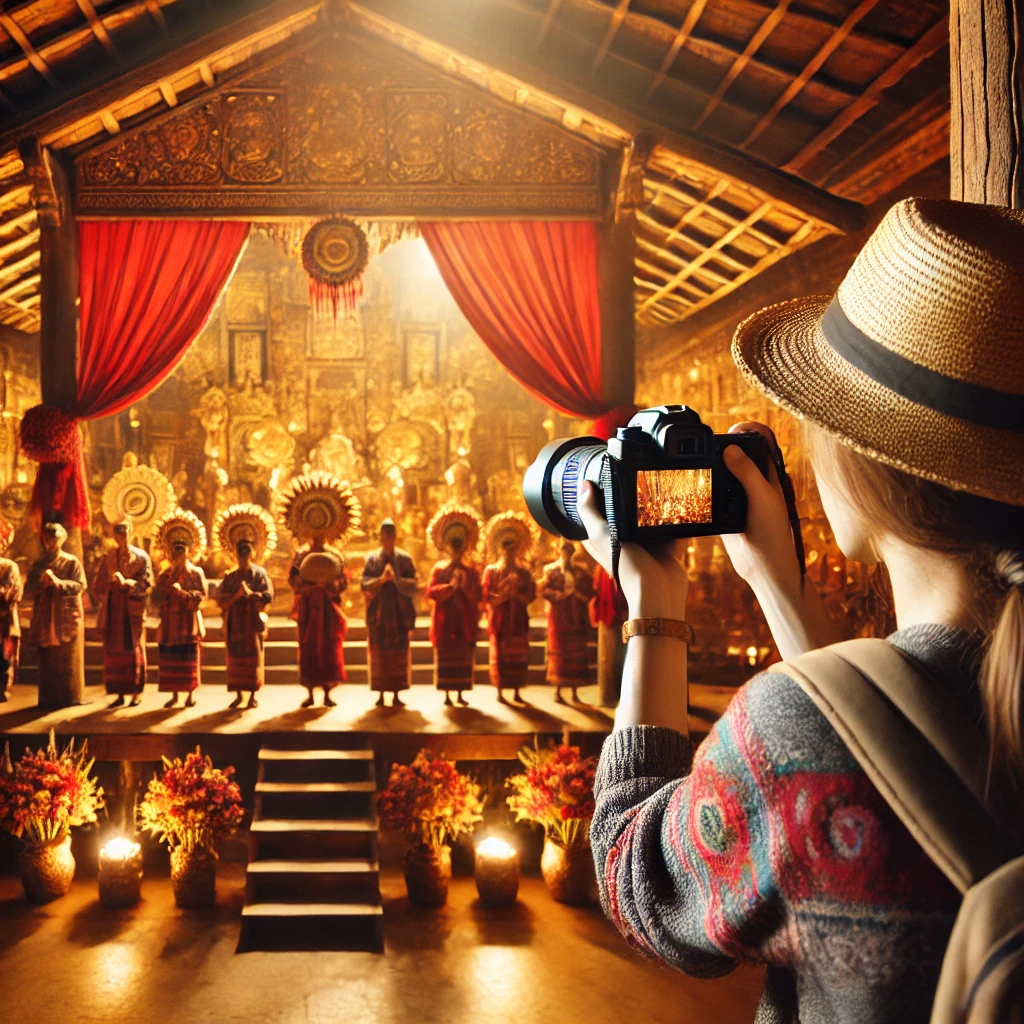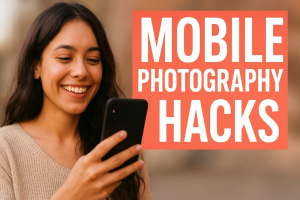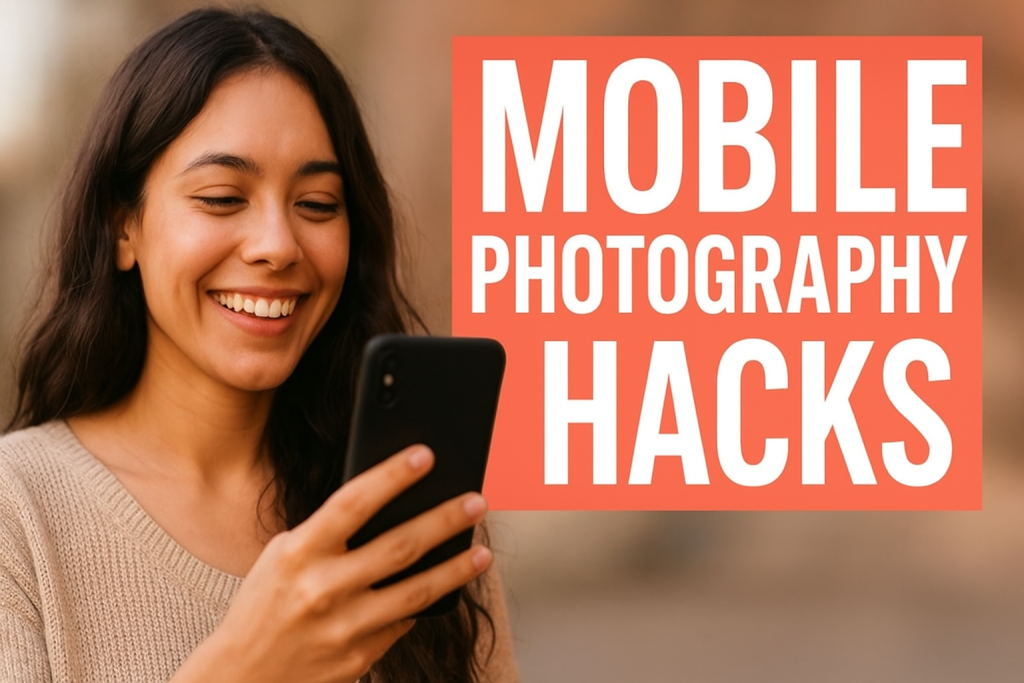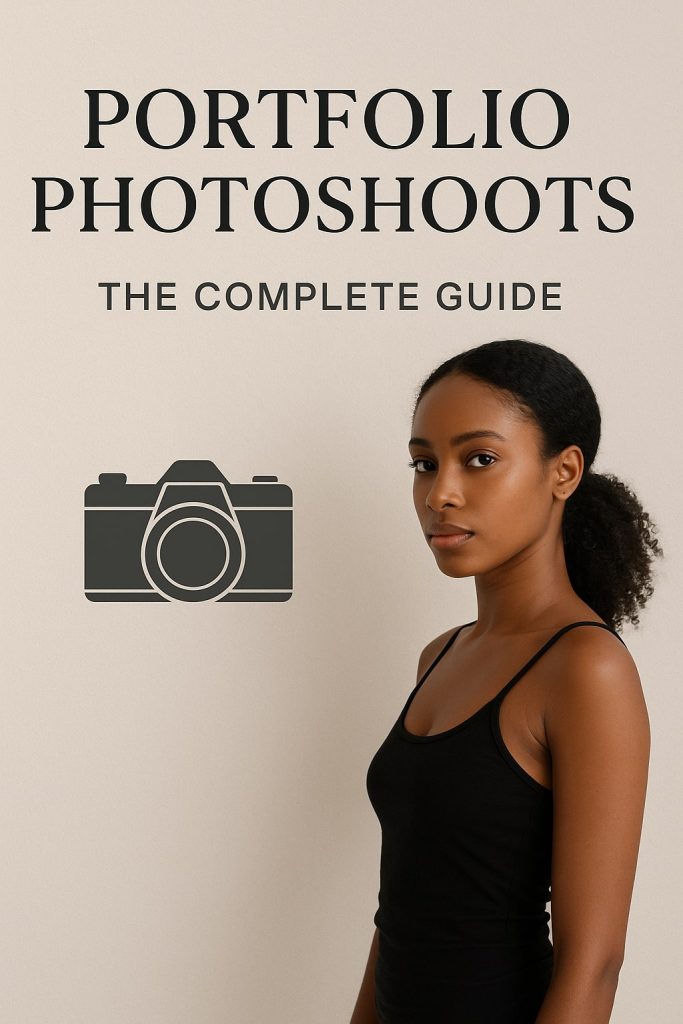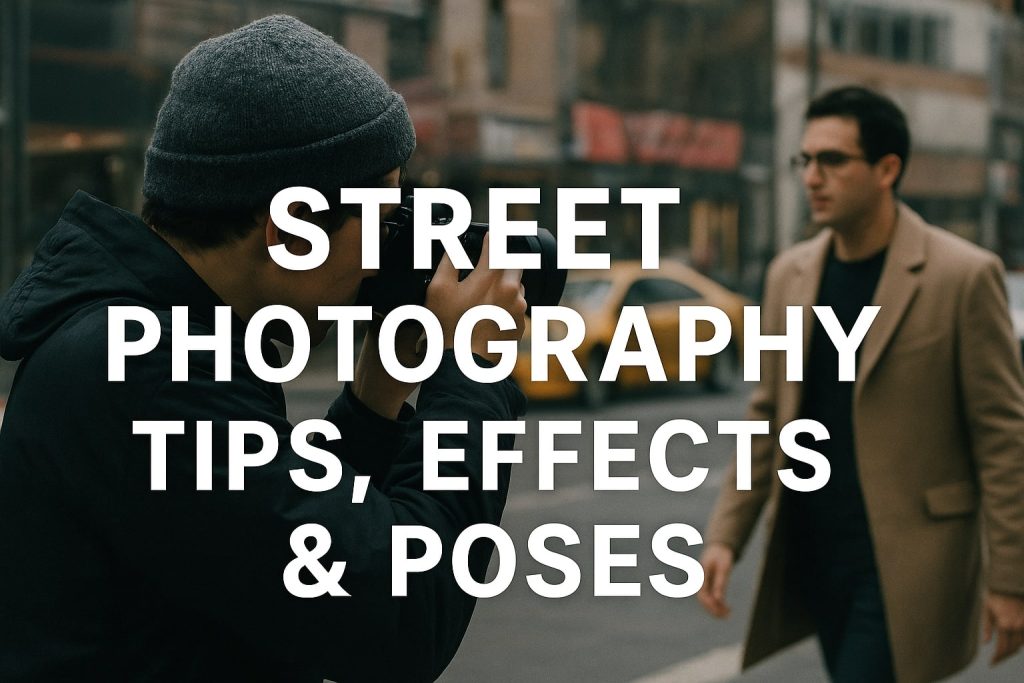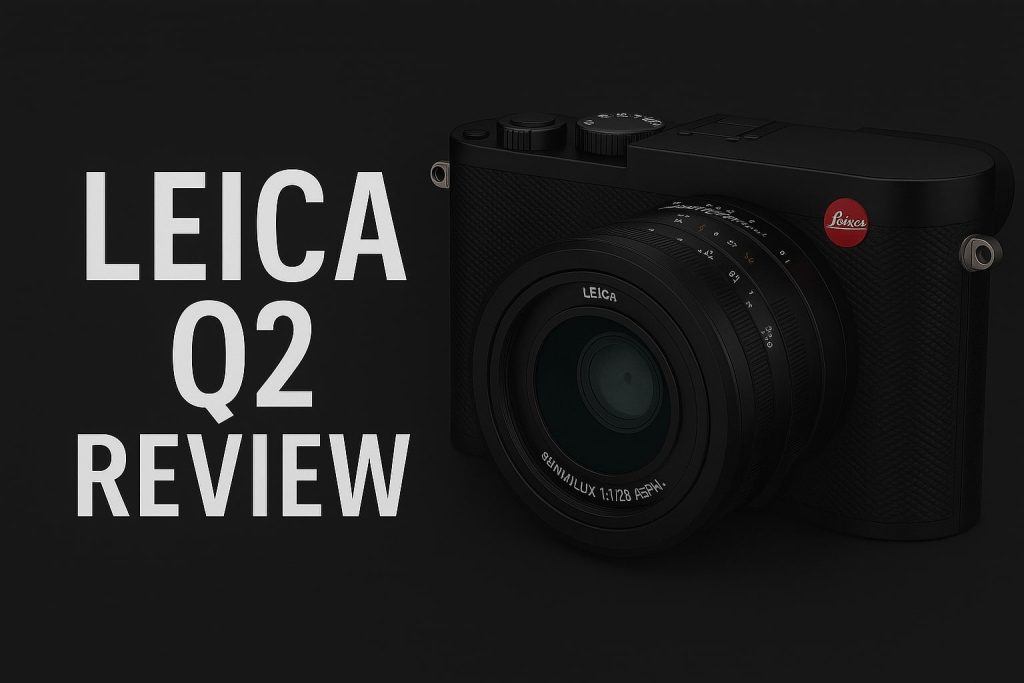Travel photography offers an exciting way to document different cultures, traditions, and landscapes. However, while capturing stunning images, it’s essential to ensure that our photography respects the local customs and values of the places we visit. This guide will explore the importance of respecting local cultures, cultural sensitivity, ethical photography practices, and practical steps to engage with communities respectfully.
Why Respecting Local Cultures Matters
1. Ethical Responsibility
As travel photographers, we are guests in someone else’s home. Being mindful of traditions and customs prevents cultural appropriation and exploitation.
2. Building Meaningful Connections
When we show respect, locals are more likely to be open and cooperative, allowing for more authentic photographic moments.
3. Preserving Cultural Integrity
Some traditions are sacred and should not be shared outside the community. Understanding these nuances ensures that we don’t contribute to misrepresentation.
Researching Local Customs Before Traveling
Before visiting a new destination, take time to learn about its traditions, norms, and etiquette. Here’s how:
- Read Cultural Guides: Books, blogs, and travel documentaries offer valuable insights.
- Engage with Locals Online: Join forums or social media groups where residents share cultural dos and don’ts.
- Understand Religious Sensitivities: Many places have restrictions on photography inside temples, mosques, or other sacred sites.
- Check Legal Regulations: Some countries prohibit photographing government buildings, military sites, or certain ceremonies.
Seeking Permission Before Taking Photos
1. Understanding Verbal and Non-Verbal Cues
- Always ask before taking close-up portraits.
- Learn a few key phrases in the local language, such as “May I take your photo?”
- Pay attention to body language. If someone seems hesitant, respect their decision.
2. When and How to Offer Compensation
- In some cultures, taking a photo is considered a transaction, and a small tip is appreciated.
- However, be mindful not to encourage a culture of dependency by overpaying or exploiting vulnerable groups.
Respecting Religious and Cultural Sites
Many religious sites have strict guidelines about photography. Before taking pictures:
- Observe and Follow Local Practices: If locals remove their shoes, cover their heads, or dress conservatively, do the same.
- Avoid Flash Photography: Some religious artifacts are sensitive to light.
- Respect Prayer and Ceremonies: Do not interrupt rituals for the sake of a photograph.
Avoiding Stereotypes and Misrepresentation
Travel photography should depict an honest representation of the culture. To ensure authenticity:
- Show a Range of Perspectives: Avoid cliché images that reinforce stereotypes.
- Capture Everyday Life: Moments of daily routines often tell the most compelling cultural stories.
- Be Aware of Power Dynamics: Avoid exploitative photography that portrays people as exotic or primitive.
Editing and Sharing Photos Ethically
Editing should enhance, not alter reality. Keep these points in mind:
- Avoid Overprocessing: Over-saturated or exaggerated filters can distort the true essence of a place.
- Give Credit When Due: If a local has guided you to a special spot or shared insights, acknowledge them.
- Respect Privacy: Do not share images of individuals in vulnerable situations without consent.
Conclusion
Respecting local cultures in travel photography is about more than just taking pictures—it’s about honoring the traditions and values of the communities we visit. By researching beforehand, seeking permission, respecting cultural sites, and avoiding stereotypes, we ensure that our photography is both ethical and impactful.
Whether you’re a seasoned professional or an aspiring travel photographer, approaching photography with cultural sensitivity will lead to richer, more meaningful experiences. Travel responsibly, photograph respectfully, and share the world’s beauty with integrity.
By following these guidelines, you contribute to a more ethical and respectful photography practice while building positive connections with local communities. Happy photographing!
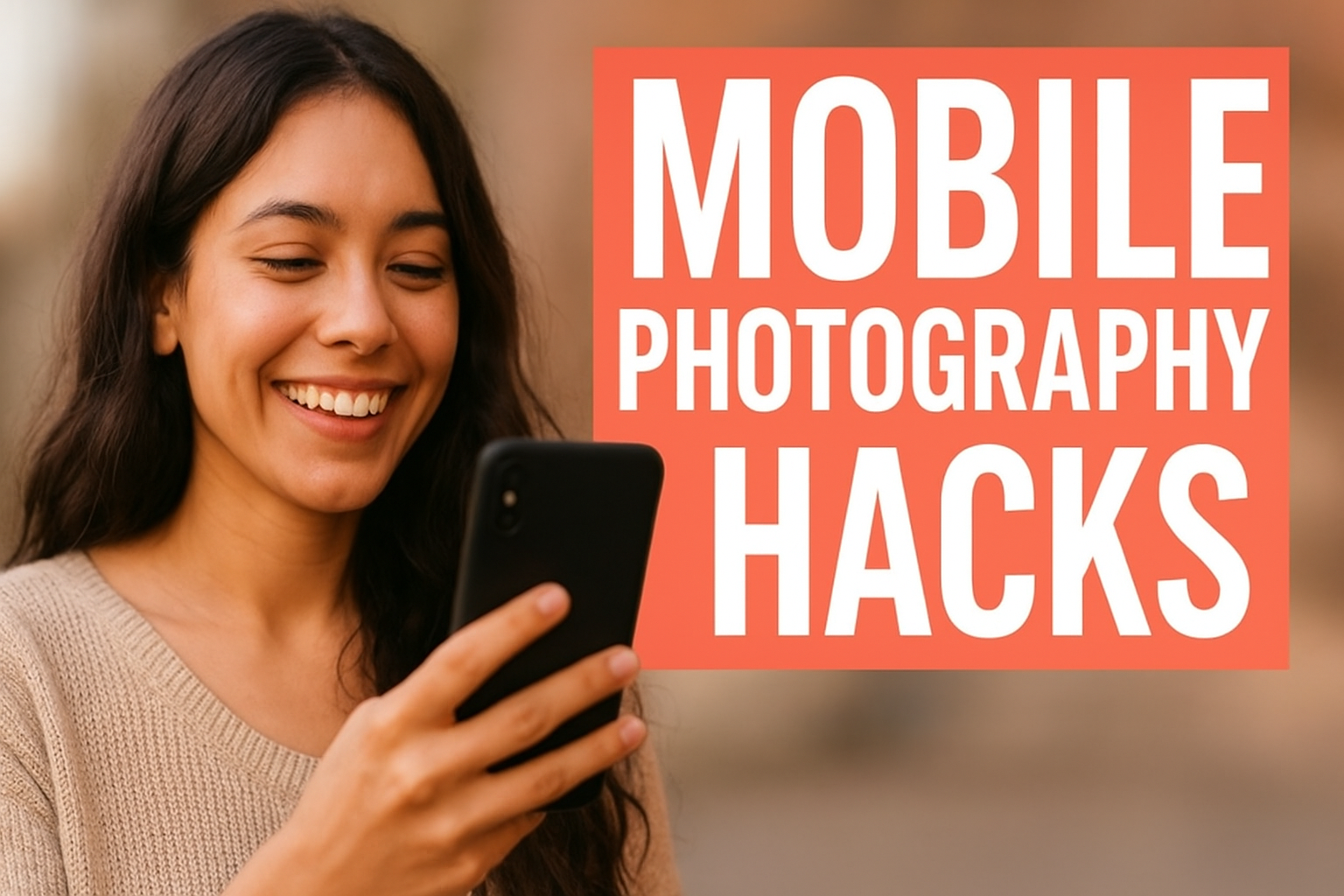
Mobile Photography Hacks: Candid Moments with Your Phone
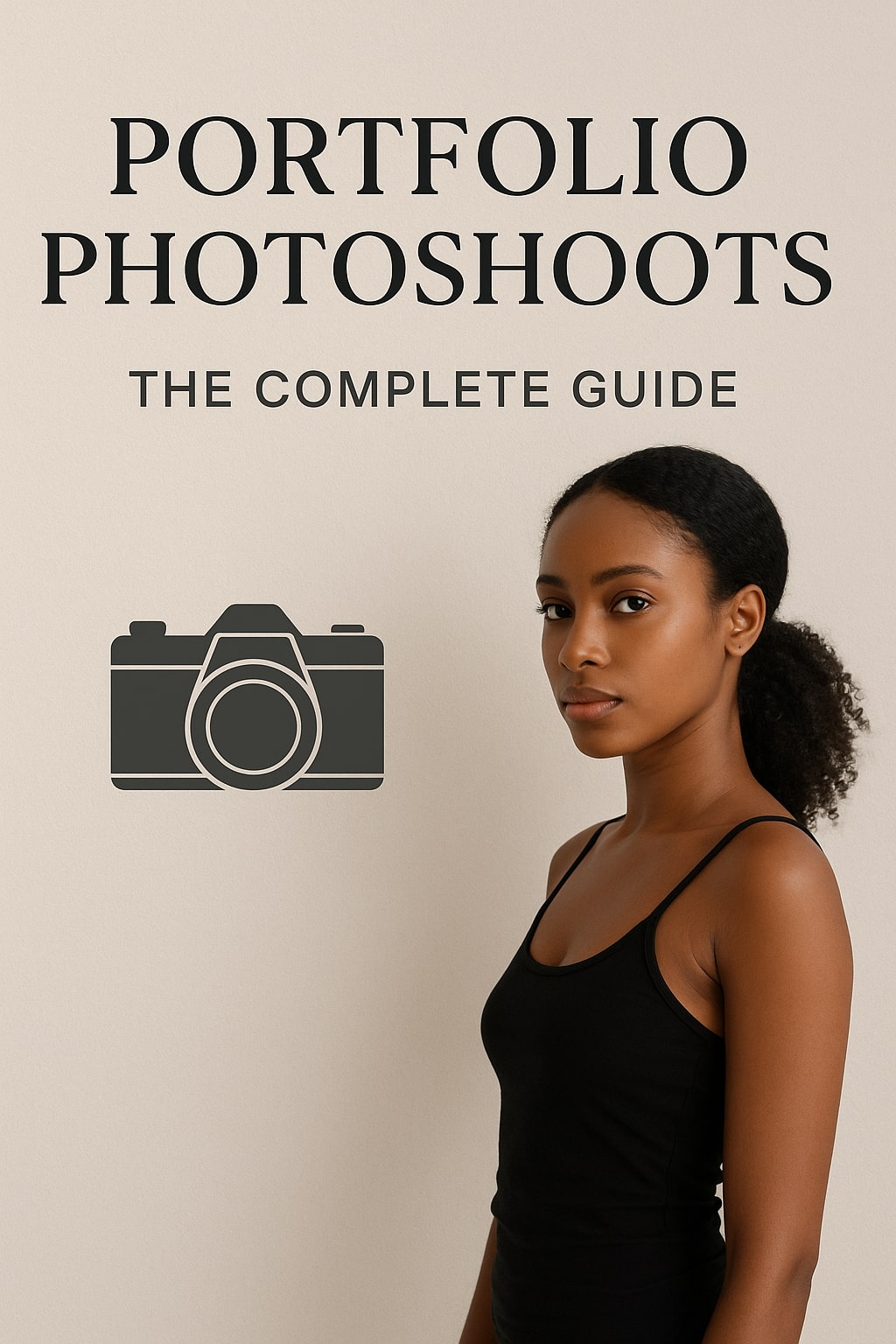
Professional Model & Portfolio Photoshoots: Show Your Best Work
-
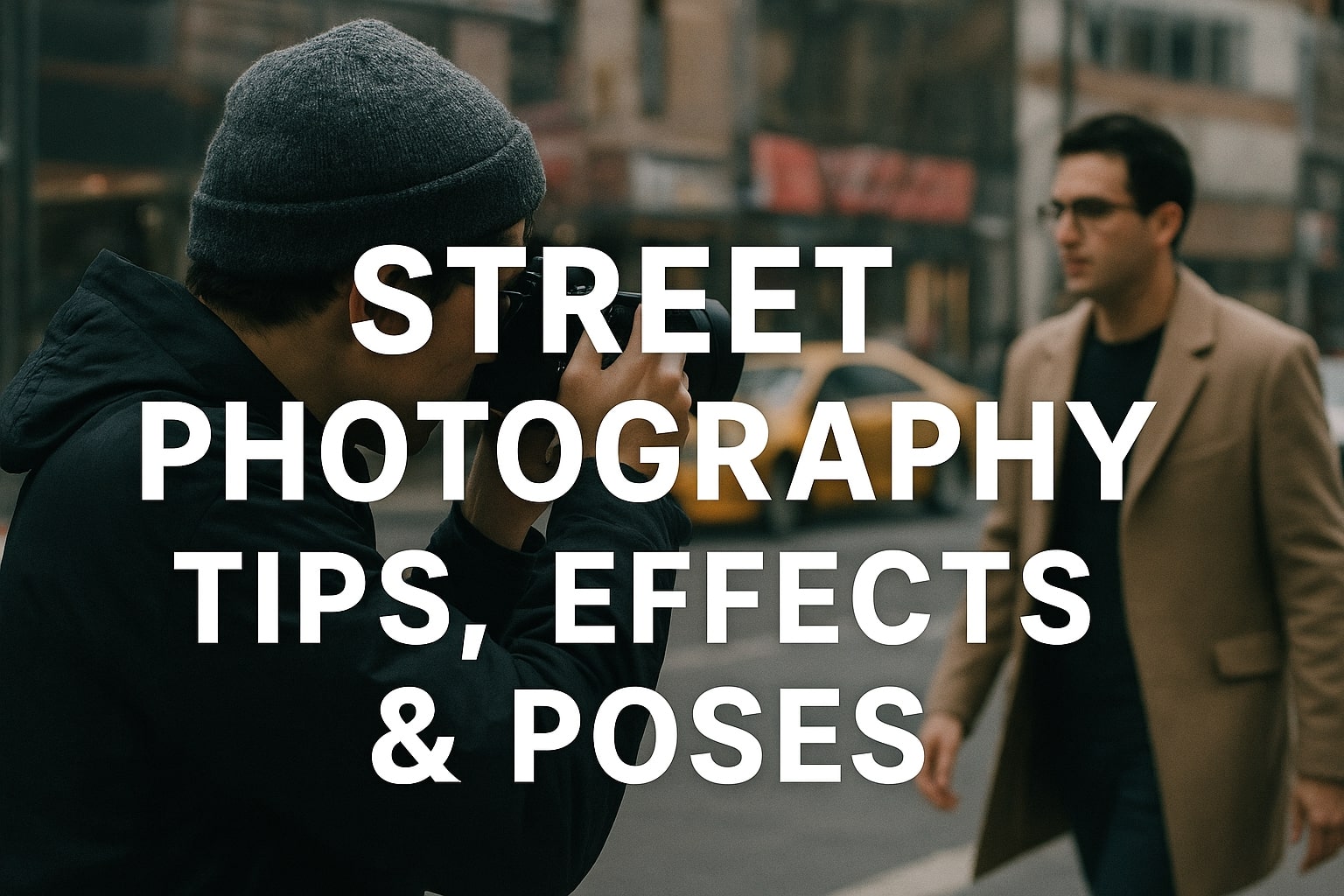
Street Photography Tips, Effects & Poses – Complete Guide
-

Leica Q2 for Photography: Why It’s Loved by Photographers
Mobile Photography Hacks: Candid Moments with Your Phone
Discover high-impact mobile photography hacks to capture genuine, gorgeous candid moments with your phone. Learn practical tips, composition secrets, and pro techniques to turn everyday scenes into stunning visual stories. Introduction: The New Age of Mobile Photography Photography has evolved beyond heavy cameras, technical jargon, and expensive equipment. Today, the power to capture extraordinary moments
Professional Model & Portfolio Photoshoots: Show Your Best Work
” Discover how to plan, style, and execute stunning portfolio photoshoots that showcase your skills, personality, and versatility. This comprehensive guide covers professional tips, posing ideas, gear suggestions, and industry insights for models and photographers.” Introduction – Why Portfolio Photoshoots Are the Cornerstone of a Photographer’s Career A well-crafted portfolio photoshoot is more than a
Street Photography Tips, Effects & Poses – Complete Guide
Discover the ultimate guide to Street Photography with expert tips, creative effects, and dynamic poses. Learn how to capture authentic urban moments, master composition, and tell powerful visual stories through your lens. Article Outline 1. Introduction to Street Photography Street Photography is more than just taking pictures of people in public spaces — it’s about
Leica Q2 for Photography: Why It’s Loved by Photographers
Introduction: The Cult Status of the Leica Q2 The Leica Q2 is not just a camera—it’s a statement. Combining the heritage of German precision engineering with modern digital excellence, it holds a special place in the hearts of professional and passionate photographers alike. With its full-frame sensor, prime Summilux lens, and minimalist design, the Q2
Top Cameras Under ₹1 Lakh for Freelance Photography
Freelance photography is no longer a niche—it’s a booming creative profession that demands not only vision and hustle but also the right gear. Your camera isn’t just a tool; it’s your storytelling partner. If you’re a freelance photographer aiming to balance performance, versatility, and budget, investing in a cameras under ₹1 lakh can offer the
Top Features of Nikon D850 That Make It Ideal for Photoshoots
Explore the top features of the Nikon D850 that make it a powerhouse for photoshoots. From exceptional resolution to dynamic range, this detailed Nikon D850 guide is built for professional and aspiring photographers. 1. Introduction When Nikon launched the D850, it quickly earned a reputation as a flagship DSLR that redefined what photographers could expect
